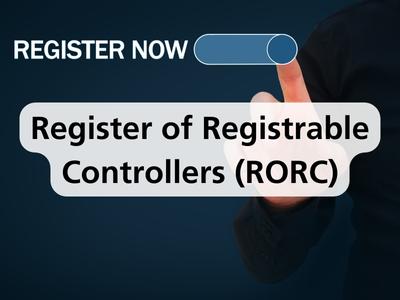Register of Registrable Controllers (RORC)
 The Register of Registrable Controllers, or RORC for short, is a crucial piece of paperwork that keeps track of a company’s ‘controllers’ – essentially the folks with significant ownership or control, also known fondly as ‘beneficial owners.’
The Register of Registrable Controllers, or RORC for short, is a crucial piece of paperwork that keeps track of a company’s ‘controllers’ – essentially the folks with significant ownership or control, also known fondly as ‘beneficial owners.’
ACRA, Singapore’s corporate regulatory body, mandates that every company, including those hailing from foreign shores, along with Limited Liability Partnerships (LLPs), must maintain a RORC at their registered office address unless they qualify for an exemption. And this isn’t a ‘nice to have’ – if you don’t stick to this, you could be slapped with a penalty, the sting of which could go up to a $5,000 fine.
What Does the RORC Need to Include?
If we’re talking about Individual Controllers, we’re looking at details such as their complete name, possibly any other names they go by, their birthday, residential address, ID or passport number, nationality, and the dates they stepped into and, if applicable, stepped out of the controller role.
Now, if we move onto Corporate Entity Controllers, the register needs to capture a snapshot of the entity’s name, its unique entity number (if it has one), the official registered office address, the type of legal entity it is, where it was formed or incorporated and under which law, the name of the regulatory authority (if any), any identifying registration number (if any) issued when it was formed or incorporated, and lastly, the dates the entity became, and if it’s no longer the case, ceased to be a controller.
It’s also key to keep in mind that keeping the RORC current is not just good practice, it’s mandatory. You’ve got two business days to reflect any changes in the RORC once these details are confirmed. Alternatively, if a notice has been sent out to the registrable controller, you’ve got two business days post the 30-day period following the date the notice was sent to update the RORC.


